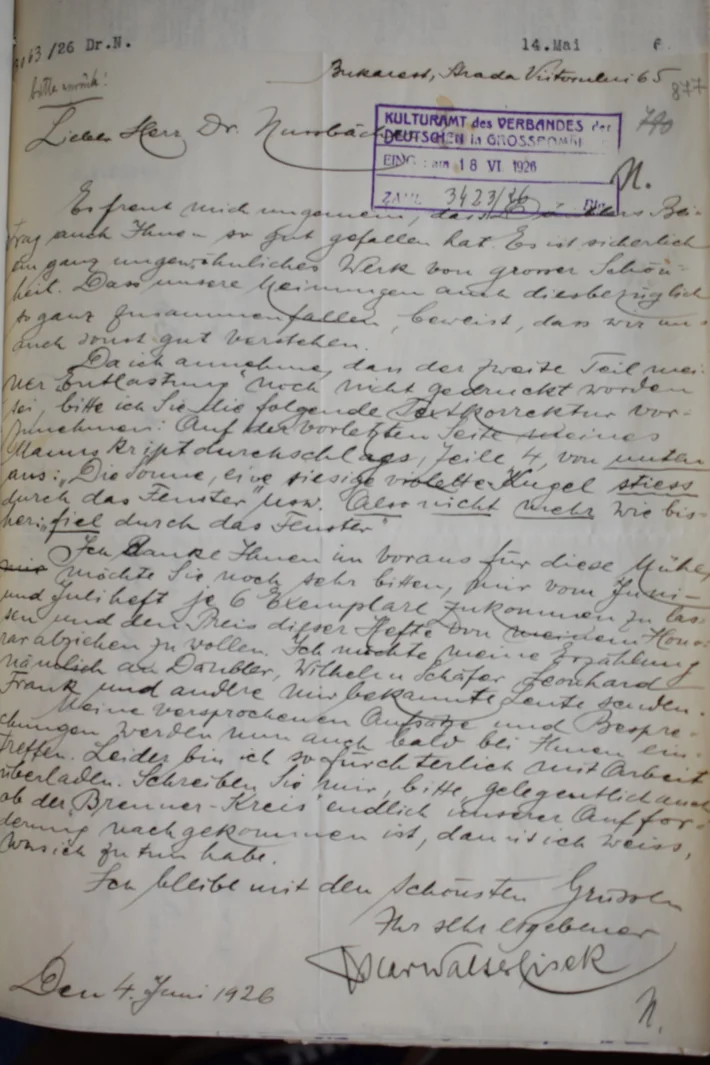The project Limba și cultura germană din România 1918-1933. Realități postimperiale, discurs public și cîmpuri culturale ("German Language and Culture in Romania 1918–1933: Post-Imperial Realities, Public Discourse, and Cultural Fields"), based at Babeș-Bolyai University in Cluj-Napoca (Klausenburg) and the Institute for Socio-Human Research of the Romanian Academy, Sibiu (Hermannstadt), was concluded in 2023 with a two-volume work in Romanian, published by the prestigious Polirom publishing house. A 100-page chapter, Die Eliteproduktion der deutschen Minderheiten aus Rumänien 1918-1933 ("The Elite Production of the German Minorities from Romania 1918–1933"), was coordinated by Olivia Spiridon. She contributed studies on general literary developments during the interwar period, the literary canon, European and regional influences, and the publications of German writers from Romania in German and Austrian publishing houses. Additional focal points included the general development of German-speaking cultural centers in Romania, particularly in the cities of Timișoara (Temeswar) and Sibiu (Hermannstadt). Chapters 13 and 15 of the book feature studies on the German educational system in Romania and on transnationally active figures in the cultural life of the interwar period (e.g., Richard Csaki, Karl von Möller).
In 2024, the project publication received two prestigious awards: the prize from the Association for General and Comparative Literature (Asociația de literatură generală și comparată) and the "Titu Maiorescu" Award for major literary projects from the National Museum of Romanian Literature (Premiul „Titu Maiorescu“ pentru proiecte literare majore al Muzeului Național al Literaturii Române).
